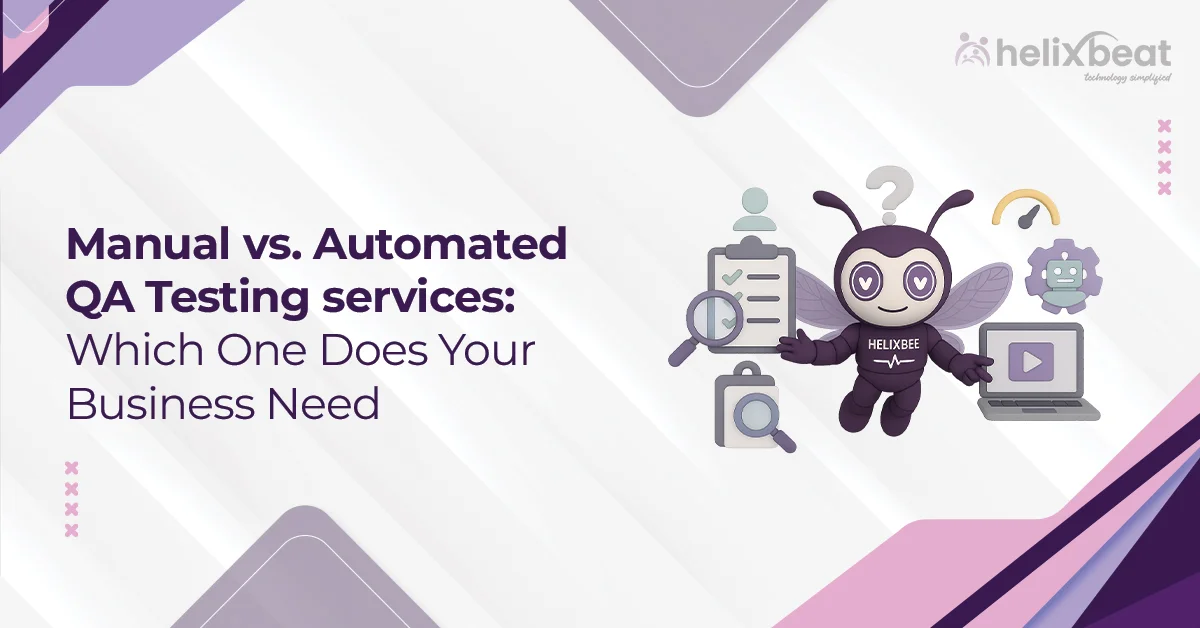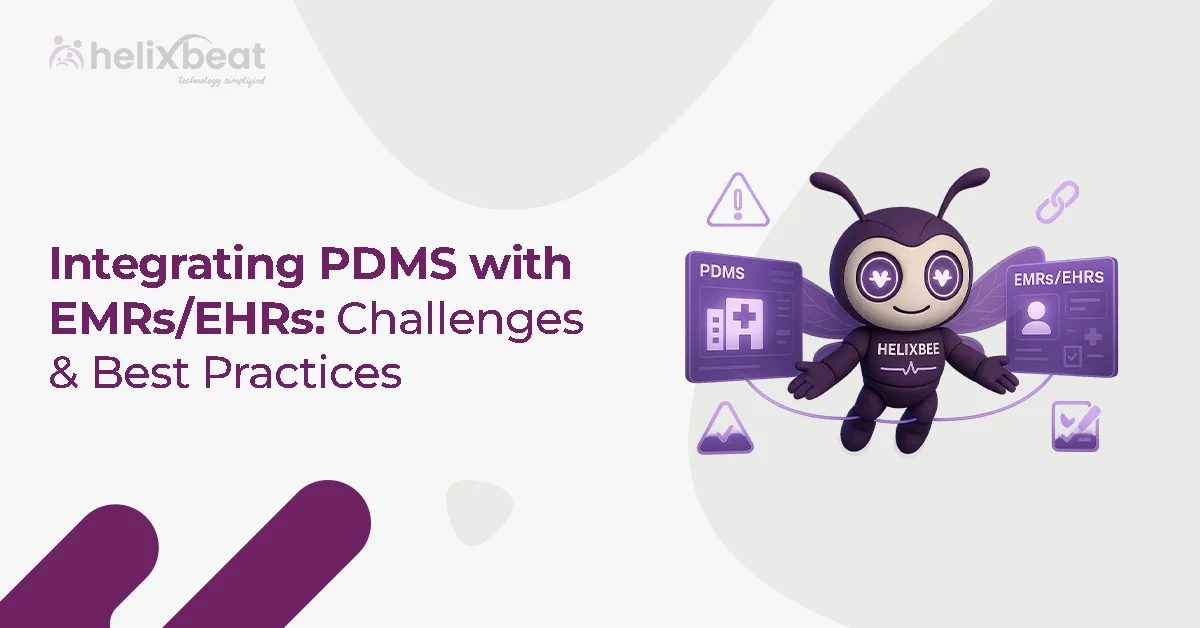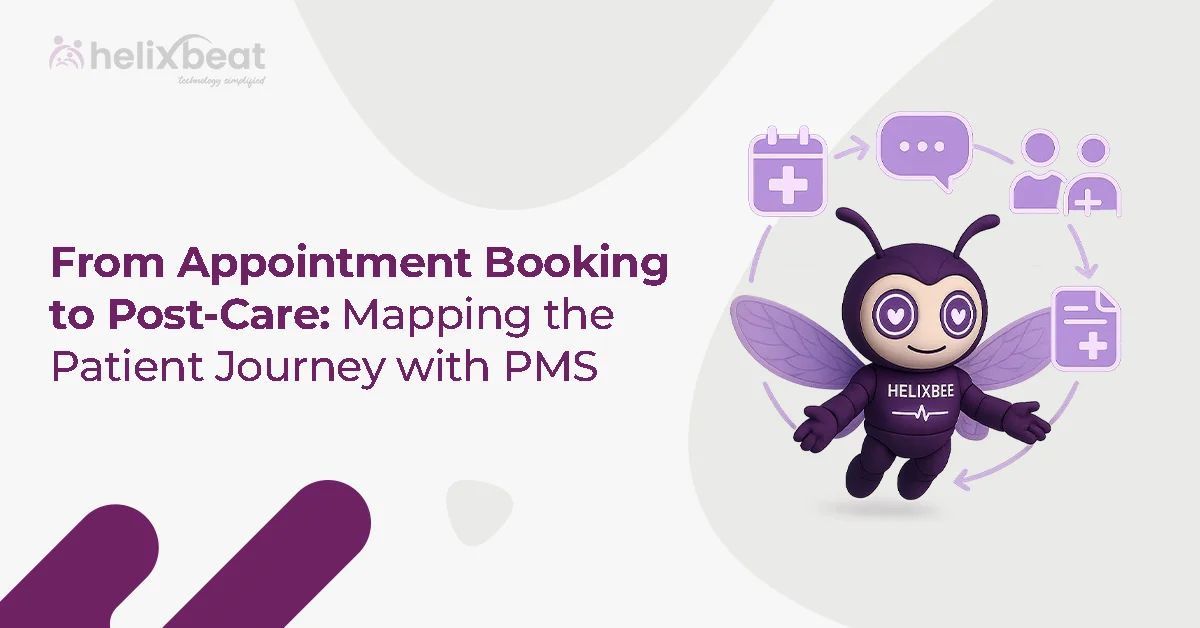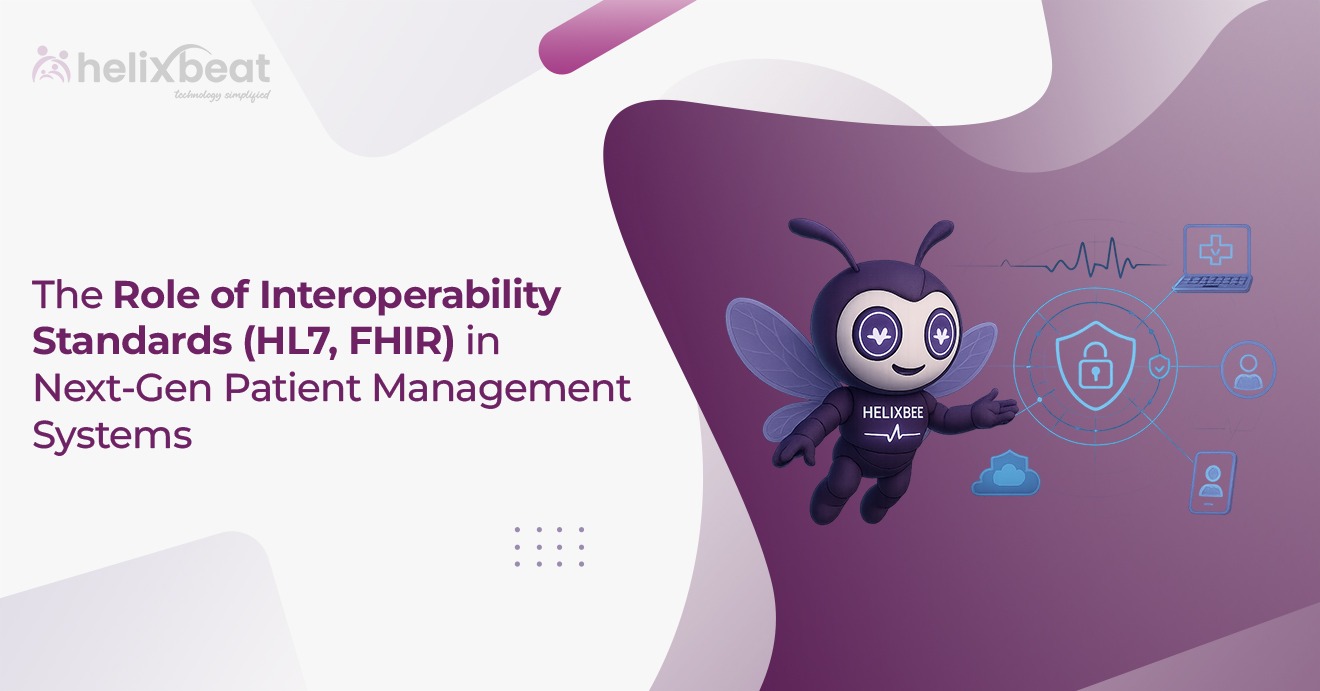Consider this scenario: you’ve spent months developing a new SaaS product. The UI looks great, the features seem solid, and you’re ready to scale. But within a week, users begin reporting bugs. Payments fail. Page load times test their patience. Ratings drop—and with them, user trust.
The product didn’t lack innovation—it lacked measurable, actionable quality benchmarks.
This is precisely why QA Testing Services are so critical. Without the right metrics, software quality becomes subjective. Testing turns into guesswork. And product releases become high-risk ventures. In a digital-first world, your software must not only work—it must work well, consistently.
Let’s explore how QA Testing Services use clear, consistent metrics to guarantee software success—and why they should be central to your digital strategy.
Table of Contents
Why Metrics Matter in QA Testing Services?
Metrics help you answer key questions:
- Is your application stable enough for release?
- Can it handle peak usage times?
- Are new features affecting existing functionality?
- What’s the real user experience like?
With the right QA Testing Services, metrics act as your product’s health report. They provide clear visibility into performance, security, usability, and reliability. And when you’re backed by a trusted QA Testing Services company, those metrics inform decisions that reduce risk and boost ROI.
Top Metrics Every QA Testing Services Company Tracks
To build reliable software, QA services companies rely on specific metrics that provide clarity, direction, and measurable outcomes.
1. Defect Density
Defect density measures the number of confirmed defects relative to the size of a software module, such as lines of code or function points. It reflects the stability and quality of the codebase. A higher defect density in one module compared to others could signal the need for code refactoring or more thorough testing. QA testing services use this metric to prioritize areas that require deeper analysis before release.
2. Test Case Execution Rate
This metric tracks the percentage of test cases executed within a given timeframe and helps monitor the progress of the QA cycle. For instance, if 200 test cases are planned for a sprint and only 100 are executed, the execution rate is 50%. A QA testing services company uses this rate to assess whether the testing team is on schedule or facing blockers.
3. Test Coverage
Test coverage refers to the extent to which your software’s code or features are tested by the existing test cases. Low coverage often leads to missed bugs and higher risk. A reliable QA services company usually targets 85–90% coverage to minimize the chances of undetected defects. This metric helps decision-makers know when their application is truly ready for deployment.
4. Mean Time to Detect (MTTD)
MTTD calculates how quickly a defect is detected after it’s introduced. The faster a bug is identified, the less damage it causes to the user experience. With advanced monitoring tools and dedicated QA testing services, teams can detect critical issues within hours, reducing downtime and user frustration.
5. Mean Time to Repair (MTTR)
MTTR measures how long it takes to resolve a defect after it’s been reported. A shorter MTTR is crucial for maintaining product reliability and customer satisfaction. QA services companies emphasize this metric to ensure bugs are fixed swiftly and efficiently, keeping release cycles on track.
6. Automation Pass Rate
This is the percentage of automated test cases that pass during a testing cycle. It helps evaluate the effectiveness of qa automation testing services. For example, a 95% pass rate indicates a highly stable release, allowing teams to confidently move toward deployment.
7. Defect Leakage Rate
Defect leakage rate compares the number of bugs found after release to those found during testing. A low leakage rate—ideally under 5%—signals strong QA performance. Any QA testing services company aiming for excellence keeps a close eye on this metric to validate the thoroughness of their testing process.
Can QA Automation Testing Services Improve Accuracy?
Absolutely. Automation helps track metrics more quickly, enables frequent testing, and reduces the chances of human error. It also allows teams to measure consistency across different builds, devices, and environments.
- Automated test scripts are reusable and efficient.
- They provide faster feedback within agile development cycles.
- They help maintain accuracy during regression testing.
When implemented by an experienced QA testing services company, QA automation testing services significantly enhance the effectiveness of your overall QA testing services strategy. Automation doesn’t just speed up testing—it boosts accuracy, consistency, and confidence in your software quality.
Challenges in Measuring QA Metrics and How to Solve Them
Tracking the right QA metrics is essential, but it comes with its own set of challenges. Here’s how to overcome the most common ones.
Inconsistent Reporting
One of the biggest obstacles in QA Testing Services is inconsistent defect reporting. When different teams interpret severity levels differently, it leads to confusion and unreliable data. A reliable QA testing services company solves this by implementing standardized reporting templates and shared dashboards that maintain consistency across teams and projects.
Over-Reliance on Code Coverage
Many teams assume high code coverage equals high-quality testing. However, even 100% code coverage can miss critical bugs if essential user journeys are not tested. A well-rounded QA services company focuses on critical path testing and real-world user scenarios alongside traditional metrics, ensuring better test relevance and depth.
Tool Overload
Using too many testing tools can fragment your testing process and metrics, making it difficult to track overall performance. Instead, a seasoned QA testing services company streamlines QA automation testing services using integrated platforms that consolidate data and offer unified reporting. This not only improves accuracy but also boosts collaboration and decision-making.
By solving these challenges, QA Testing Services will become more insightful, effective, and aligned with business goals.
Helixbeat’s Approach: TaaS Backed by Data and Insights
Helixbeat’s Testing as a Service (TaaS) doesn’t just test your software—it transforms testing into a measurable, data-driven process. Here’s how Helixbeat enhances metric-driven QA:
- 20+ Industry-Leading Tools – Including Selenium, JMeter, and Appium for precise and actionable reporting.
- 99% Bug Detection Rate – Ensures issues are identified before they reach production.
- 25% Faster Release Cycles – Enabled by automation and real-time dashboards.
- Proven ROI Boost of 35% – Driven by reduced bug leakage and improved user satisfaction.
- Custom QA Strategies – Tailored for fintech, healthcare, e-commerce, and enterprise platforms.
Whether you need a Dedicated QA Team, On-Demand Testing, or Managed QA Services, Helixbeat delivers flexible, scalable solutions aligned with your business objectives.
How to Choose the Right QA Testing Services Company?
When evaluating a QA testing services company, consider the following:
- Expertise Across Domains
Can they effectively test software in your industry—whether it’s fintech, healthcare, or e-commerce?
- Metric Transparency
Do they offer clear dashboards, detailed reports, and real-time insights?
- Automation Capabilities
Are they proficient in implementing and managing QA automation testing services?
- Scalability
Can they support your business as it grows and adapts to future releases?
Helixbeat consistently performs well across all these criteria, making it a top choice for businesses seeking to scale their QA efforts with confidence.
Metrics Make QA a Strategic Advantage
When it comes to software, quality isn’t just about fixing bugs—it’s about delivering reliable, secure, and user-friendly experiences every single time. QA Testing Services provide the framework to measure and maintain that quality.
With clear metrics like test coverage, defect density, and automation pass rate, QA evolves from being a technical checkbox to a strategic driver of growth.
And with expert partners like Helixbeat, your QA strategy becomes smarter, faster, and more aligned with your business objectives.
Ready to bring clarity, speed, and trust to your software releases? Helixbeat’s metric-driven QA Testing Services can help you deliver quality on a scale.

FAQs
1. What are QA Testing Services?
QA Testing Services involve processes and tools to test software for bugs, performance issues, and usability problems before release.
2. Why are QA metrics important?
Metrics help quantify software quality and testing effectiveness, supporting better decisions and reducing release risks.
3. What is the difference between manual and automation QA?
Manual QA is done by human testers. Automation QA uses tools and scripts to run tests repeatedly with speed and accuracy.
4. What does defect density tell you?
It indicates the number of bugs relative to code size. High density suggests unstable or poorly written code.
5. How is test coverage measured?
It’s measured by the percentage of your application’s code or functionality covered by test cases.
6. What is a good defect leakage rate?
A rate below 5% is considered excellent and reflects effective pre-release QA testing.
7. Can automation testing replace manual QA?
No. Automation complements manual QA but doesn’t replace human insight needed for exploratory and usability testing.














